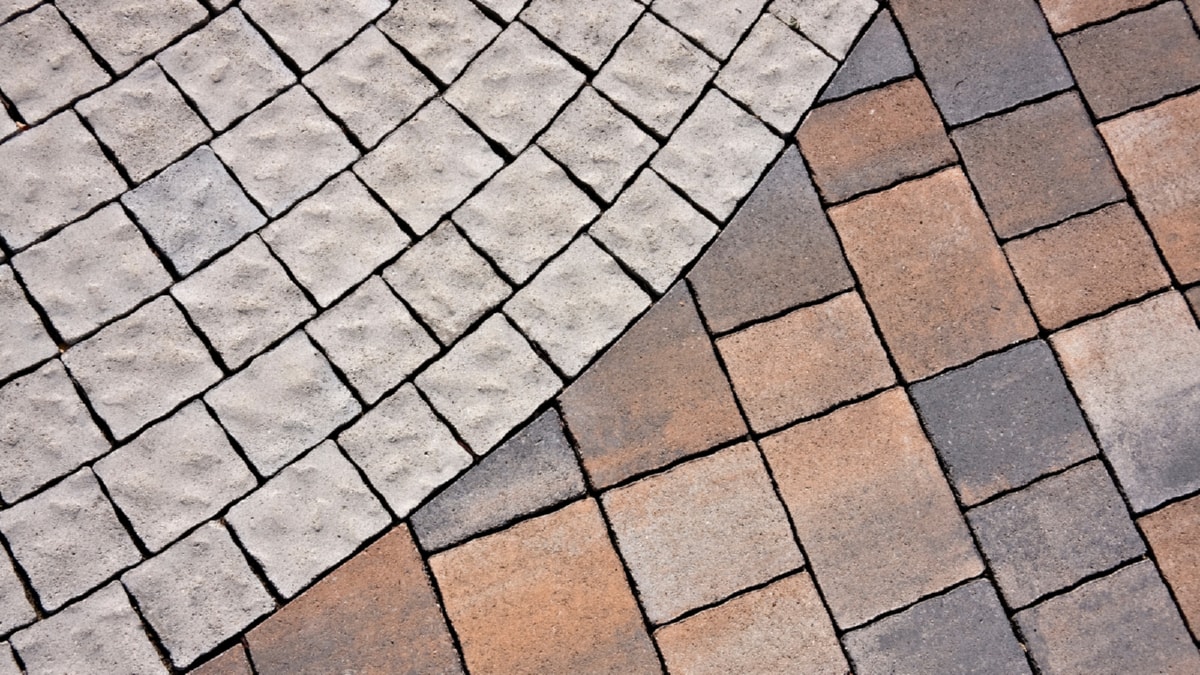Green building techniques have become an integral part of modern construction as the world strives to reduce the environmental impact of construction projects. These techniques not only contribute to the sustainability of the building projects but also significantly enhance their efficiency and functionality.
Green building, also known as sustainable building, refers to the implementation of environmentally friendly and resource-efficient processes throughout a building’s life-cycle: from design, construction, operation, maintenance, renovation, and demolition. Green buildings are designed to reduce the overall impact on human health and the natural environment by efficiently using energy, water, and other resources, protecting occupant health, and reducing waste, pollution, and environmental degradation.
The green building concept has rapidly gained traction in the construction industry due to the increasing awareness about climate change and the need for sustainable development. With the rising demand for energy-efficient buildings, the role of green building techniques in modern construction has become more crucial than ever.
One of the main techniques used in green building is the use of sustainable materials. These are materials that are either recycled or renewable, and have low embodied energy. They include bamboo, recycled metal, precast concrete, and other materials that are non-toxic, reusable, renewable, and recyclable. Using these materials can significantly reduce the environmental impact of construction projects.
Another important green building technique is energy efficiency. This involves the use of designs and materials that reduce the amount of energy needed to heat, cool, and operate a building. It can be achieved through various methods such as proper insulation, use of energy-efficient appliances, and integration of renewable energy sources like solar panels.
Water efficiency is also a significant aspect of green building. Techniques such as rainwater harvesting, greywater recycling, and the use of water-efficient appliances can drastically reduce the amount of water used in a building. Moreover, these techniques can also help in reducing the strain on the local water supply, making buildings more self-sufficient.
Furthermore, green building techniques also encompass the creation of healthier indoor environments. This can be achieved through the use of non-toxic building materials, improved ventilation systems, and the incorporation of natural light. These techniques not only improve the health and well-being of the occupants but also enhance productivity and reduce energy costs.
In the face of the escalating global environmental crisis, the adoption of green building techniques is not just a trend but a necessity. It is a proactive solution that the construction industry can adopt to reduce its environmental footprint, while also creating buildings that are healthier, more efficient, and more in harmony with their surroundings.
In conclusion, the role of green building techniques in modern construction is pivotal. It has the potential to revolutionize the construction industry by making it more sustainable and environmentally friendly. As we move forward, it is crucial to continue exploring and implementing these techniques to create a future where construction contributes positively to our planet and its inhabitants.
For more details, check best masonry services or visit their business listing here.



